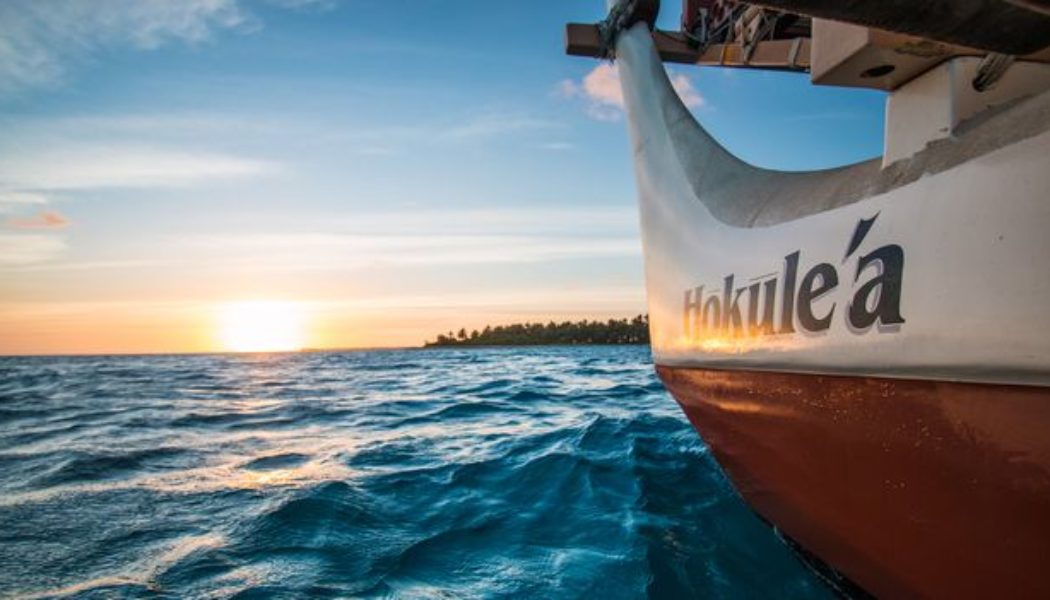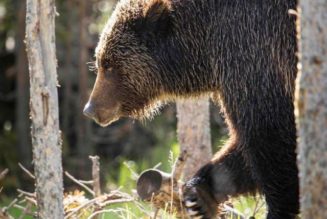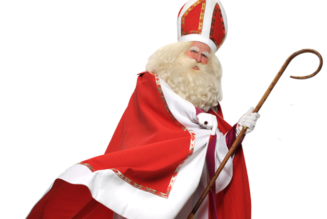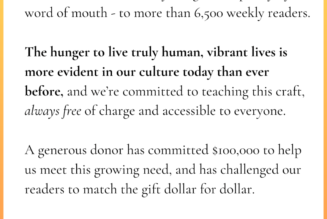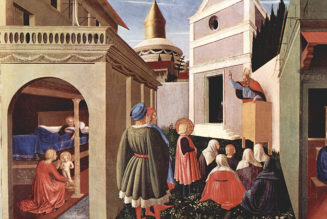
But in the sea of revelry after the historic landing, one important crew member was missing: Mau Piailug, a master navigator from Satawal, a tiny atoll in Micronesia. He was the only crew member fluent in the art of wayfinding, and by 1976, he was one of few master navigators left in the world.
The Satawal people still relied on wayfinding for sustenance, and Piailug had started his training in tidepools with his grandfather, also a master navigator, before he could walk. That’s why Hōkūle‘a’s crew sought him out for their inaugural expedition; with wayfinding long absent from Hawaii, they needed an expert to teach them the craft. Piailug, who navigated the entire Hawaii-to-Tahiti journey, had hesitantly agreed to help, but soon regretted it. Crew members argued throughout the journey, and several lacked the required focus and discipline for non-instrumental navigation, so Piailug hurried home to Satawal as soon as Hōkūle‘a entered Pape’ete harbour. He left one parting gift: an eight-track cassette tape with return-voyage instructions and a final, fiery message: “Don’t come look for me. You will never find me.”
Despite Piailug’s absence, the Hōkūle‘a crew set their sights on another Hawaii-to-Tahiti journey. But the ocean had other plans. In 1978, Hōkūle‘a capsized, and seasoned crew member Eddie Aikau, one of Hōkūle‘a’s greatest supporters, surfed off to find help. Hōkūle‘a and the team were eventually rescued, but Aikau never returned. Grief swept in with hurricane-like force, jeopardising the future of this budding movement.
You may also be interested in:
• In Hawaii, being nice is the law
• Hawaii’s trendy word that’s misunderstood
• The odd Hawaiian fish that climbs cliffs
“Hōkūle‘a was on the brink of becoming just another canoe in a museum, like so many canoes are today,” said Matahi Tutavae, a Tahitian voyager who trained and eventually sailed with the Hōkūle‘a crew in 2010. “[Polynesian] culture belonging to museums has been detrimental to our people. It says our traditions are stuck, they’re in the past. But Nainoa [Thompson] was instrumental to getting Hōkūle‘a back in the water.”
Thompson had trained with Aikau throughout the 1970s, and the two bonded through a mutual dedication to wayfinding, and the cultural pride it sparked. But the 1978 tragedy tested Thompson’s strength – could he wayfind without his friend? The answer had to be yes, Thompson knew, and he would continue pushing Hōkūle‘a’s limits to honour Aikau.
But the 1978 capsizing catastrophe did pinpoint the Hōkūle‘a crew’s many blind spots – weaknesses that would make long-distance wayfinding risky, if not deadly. Thompson and his father, Myron “Pinky” Thompson, one of Hōkūle‘a’s founders, knew they needed an expert versed in the art of non-instrumental navigation, someone who’d grown up wayfinding, to teach them – and the only man on the planet skilled enough for this task was the very man who’d sworn off Hōkūle‘a two years before.
Thompson flew to Micronesia anyway.
“Mau was there waiting for me,” he recalled, noting that Piailug was heartbroken about Aikau. “We sat on a driftwood log by the beach, and I asked him, ‘Can you come back? Will you teach us?’,” That last question hit home for Piailug, who, in 1978, was just shy of 50 years old. “Mau needed to go down the end of his life knowing navigation would not go extinct, because if one day there are no navigators, we will be people no more.”
Join Our Telegram Group : Salvation & Prosperity
